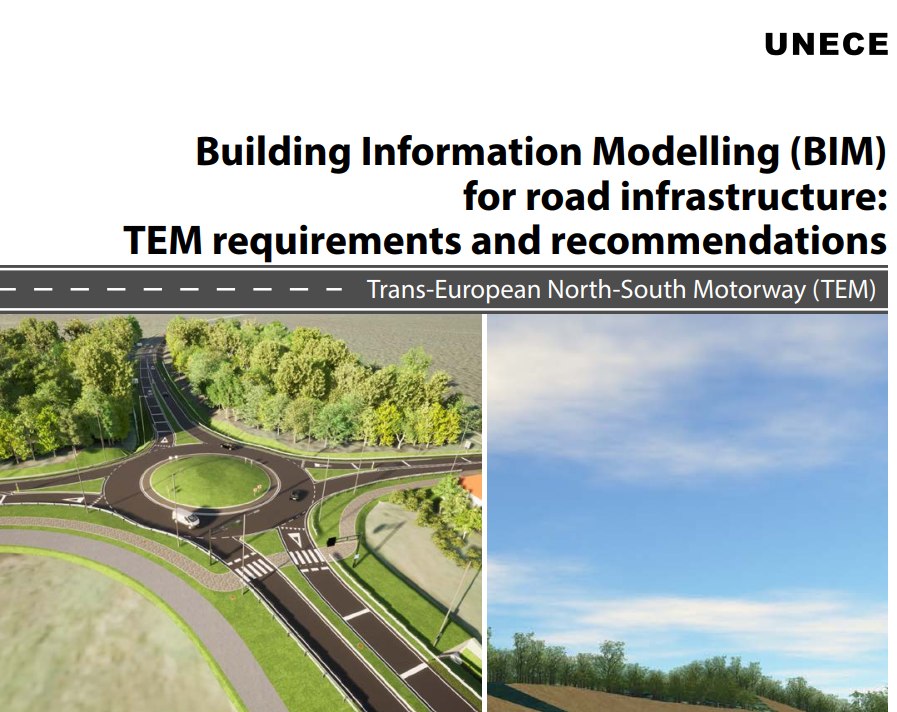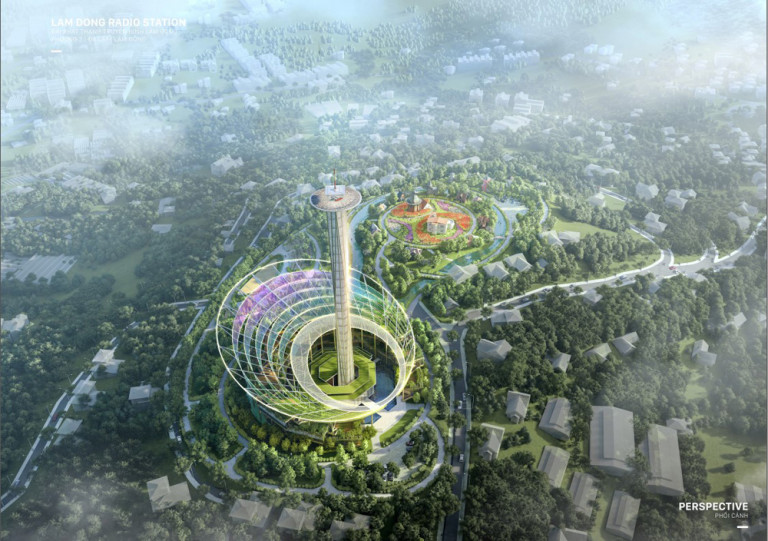As the transportation infrastructure sector undergoes a strong digital transformation, Building Information Modeling (BIM) has gone far beyond traditional CAD. BIM has upgraded the entire workflow — from design and construction to maintenance — making it smarter and more flexible.

Why BIM Should Be Applied in Transportation Infrastructure Design
-
Real-time updates & synchronization: Every change is instantly reflected across the entire model.
-
Efficient management: Information is shared seamlessly through the Common Data Environment (CDE), ensuring accuracy and transparency for all stakeholders.
-
Standardized roles: Key positions such as BIM Manager and BIM Coordinator play crucial roles in maintaining standards and ensuring efficient implementation.
-
Asset lifecycle management: Project data not only supports construction but is also delivered as an O&M model, enabling long-term infrastructure management and maintenance.
Key BIM Tools for Transportation Infrastructure
-
Autodesk Civil3D – A comprehensive solution for highway and infrastructure design.
-
Bentley ProjectWise – A platform for project collaboration and data management.
-
Open Roads – A specialized tool for road design, analysis, and simulation.
Get Started
You can download the full document here:
🔗 Download



 Tiếng Việt
Tiếng Việt






